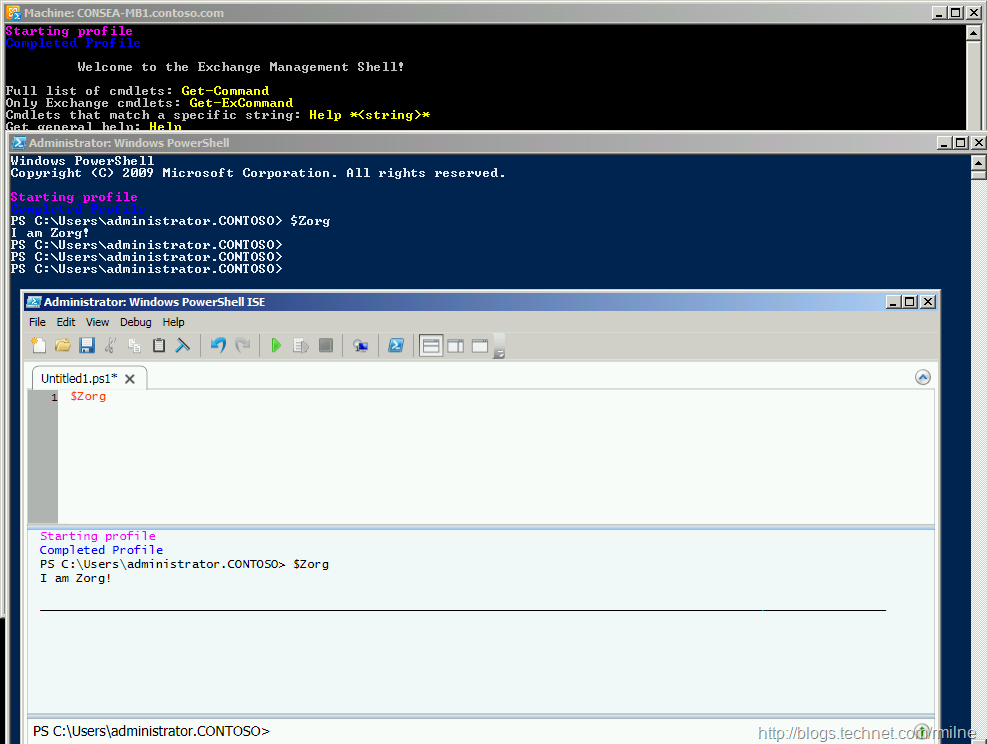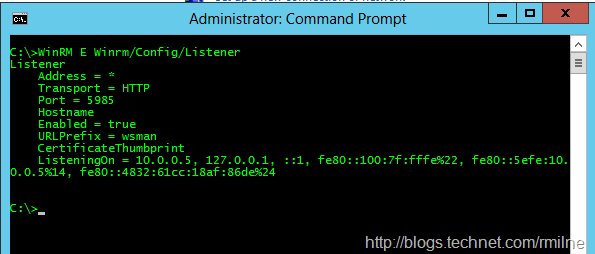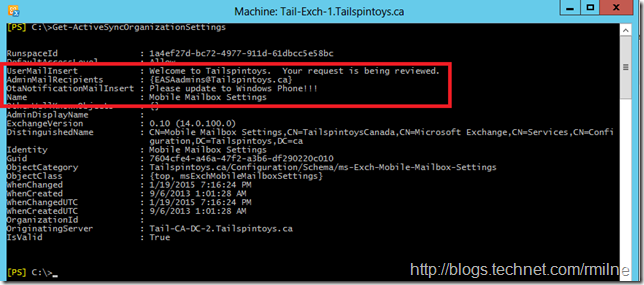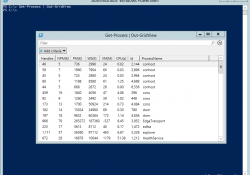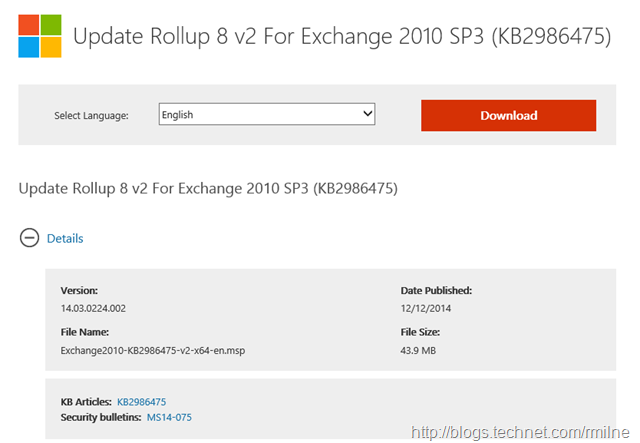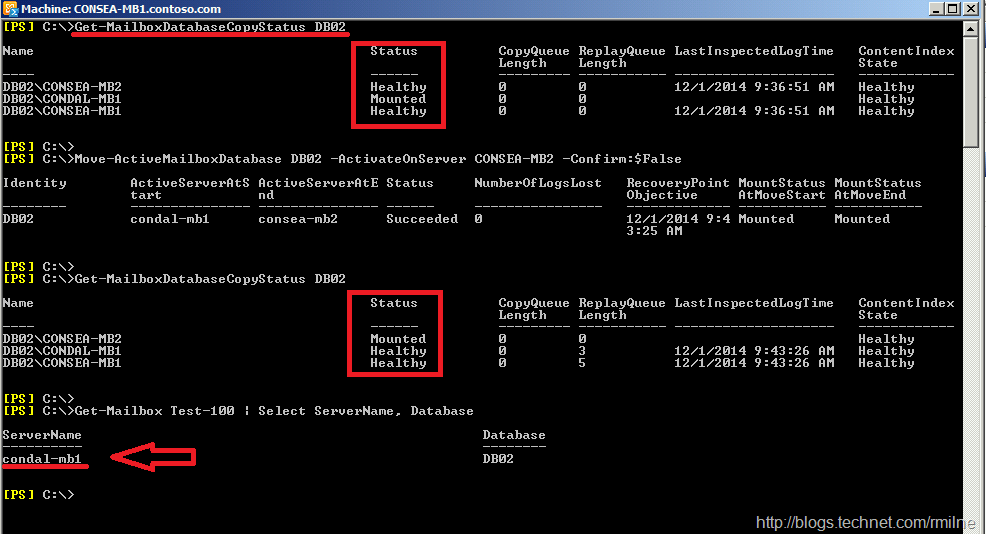Using Exchange PowerShell Remoting With Integrated Scripting Environment–ISE
One item that is very prevalent is people directly loading the Exchange PowerShell snapin into the Integrated Scripting Environment (ISE). This is not supported from the Exchange point of view, as Exchange requires that Remote PowerShell be used with Exchange 2010 and 2013.
Let’s look at how this should be done.
Choosing The Correct Profile
As discussed in the previous post on … Read the rest “Using Exchange PowerShell Remoting With Integrated Scripting Environment–ISE”
